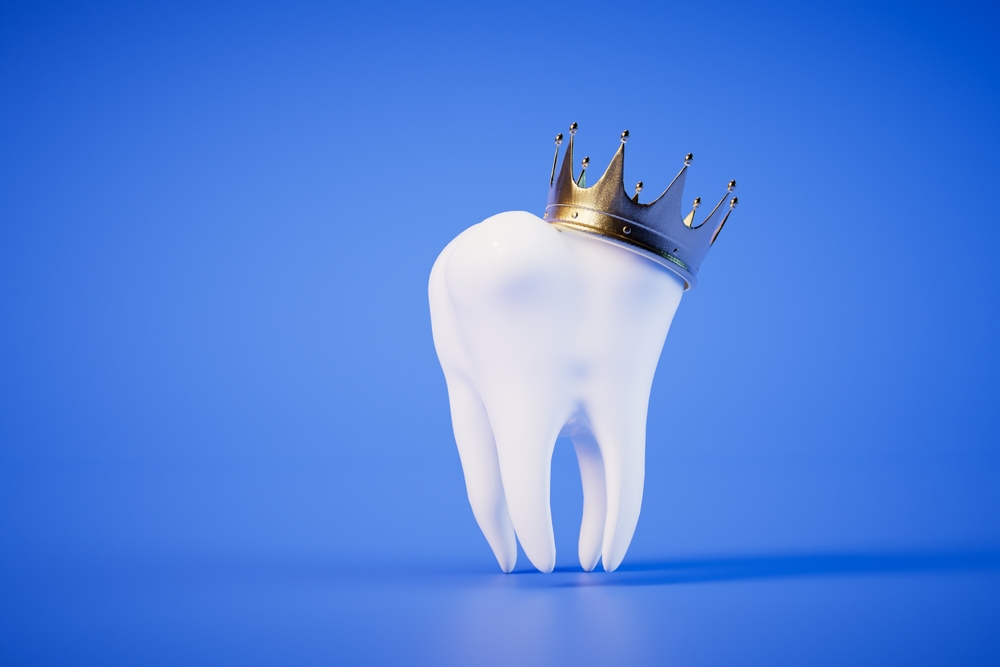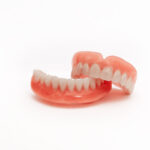How Long Does A Dental Crown Take
A dental crown typically requires two visits, taking about two to three weeks for completion. However, same-day crowns can be done in a single appointment.
Dental crowns serve as protective caps for damaged teeth, restoring both function and aesthetics. The process can vary significantly based on the type of crown and the dental practice. Traditional crowns often involve multiple visits: the first for examination and impressions, and the second for placement.
In contrast, advancements in technology allow for same-day crowns, which streamline the procedure. Understanding the time frame helps patients better prepare for their dental care. Whether opting for a conventional or same-day crown, knowing what to expect can ease anxiety and enhance the experience.
Introduction To Dental Crowns
The purpose of dental crowns is to restore and protect damaged teeth. They cover the entire tooth, providing strength and improving appearance. Crowns can be necessary after severe decay or injury. They also help hold dental bridges in place.
Several types of dental crowns exist, each serving different needs. Porcelain crowns match natural tooth color, making them ideal for visible areas. Metal crowns offer durability and strength, suitable for back teeth. Resin crowns are cost-effective but less durable. Ceramic crowns provide a balance between strength and aesthetics.
Choosing the right crown depends on individual needs and preferences. Consulting a dentist ensures the best option for your dental health.
Initial Consultation
The initial consultation begins with examining the tooth. The dentist checks for any damage or decay. This step is crucial for determining the right treatment plan. A thorough examination ensures that the tooth is healthy enough for a crown.
After the examination, the dentist discusses the crown type. There are various options available, including porcelain, metal, and ceramic. Each type has different benefits and costs. The dentist helps you choose the best option for your needs.
Understanding the crown process is essential. Make sure to ask questions during this stage. Being informed helps you feel more comfortable with the upcoming procedures.
First Appointment Dynamics
During the first appointment, the dentist will focus on tooth preparation. This step involves removing any decay and shaping the tooth. It’s essential for a secure crown fit.
Next, taking impressions of the prepared tooth is crucial. These impressions help create a custom crown that fits perfectly. The dentist may use a special material for this process.
After impressions, a temporary crown will be placed. This protects the tooth while the permanent crown is made. Patients can expect the temporary crown to feel comfortable and secure.
Laboratory Crown Fabrication
The laboratory crown fabrication process involves several important steps. First, the dentist takes impressions of your teeth. These impressions help create a custom fit for the crown. Next, the impressions are sent to a dental lab. Here, skilled technicians begin crafting the permanent crown using high-quality materials.
During the fabrication, quality checks are crucial. Technicians inspect the crown for size, shape, and color. These checks ensure the crown fits perfectly and matches your natural teeth. Once completed, the crown is sent back to your dentist for fitting. This process typically takes about two weeks to finish.
Second Appointment Expectations
During the second appointment, expect to fit the permanent crown. The dentist will first check how well the crown fits your tooth. Any necessary adjustments will be made to ensure comfort and proper bite.
Next, the dentist will apply dental cement to secure the crown in place. This cementing process helps the crown stay firmly attached to your tooth. After cementing, the dentist may ask you to bite down gently to confirm the fit.
Finally, you will receive instructions on how to care for your new crown. Keeping your crown clean is essential for its longevity. Regular dental visits will also help maintain your oral health.
Same-day Crown Technology
Same-Day Crown Technology allows patients to receive a crown in just one visit. This innovative process uses advanced computer-aided design and computer-aided manufacturing (CAD/CAM). First, the dentist takes a digital scan of your tooth. Then, a custom crown is designed and milled in the office. This saves time and reduces the need for temporary crowns.
While there are many advantages, some limitations exist. Same-day crowns are typically made from ceramic or resin, which may not be as durable as traditional materials. Patients with complex cases might still require multiple visits. Always consult with your dentist to determine the best option for your needs.
Post-procedure Care
Post-procedure care for dental crowns is essential for a smooth recovery. Typically, the entire process takes two visits: one for preparation and another for placement. Expect some sensitivity as the anesthesia wears off, but following your dentist’s aftercare instructions will help ensure a comfortable healing period.
Eating And Drinking Guidelines
After getting a dental crown, wait at least 24 hours before eating hard foods. Stick to soft foods for the first few days. Avoid hot or cold drinks to minimize sensitivity. Chew on the opposite side of your mouth until you feel comfortable.
Pain Management
Some discomfort is normal after the procedure. Over-the-counter pain relievers like ibuprofen can help. Follow your dentist’s instructions for dosage. If pain persists beyond a few days, contact your dentist.
Oral Hygiene For Longevity
Maintain good oral hygiene to extend the life of your crown. Brush at least twice a day and floss daily. Use a non-abrasive toothpaste to avoid damaging the crown. Regular dental check-ups are essential for monitoring its condition.
Potential Complications
Common issues can arise after getting a dental crown. Sensitivity is one frequent complaint. This can happen as the tooth adjusts to the crown. Discomfort may also occur, especially after the procedure. Pain management is important during recovery.
Crown loosening is another concern. Regular check-ups help ensure everything stays secure. If the crown feels loose, contact your dentist immediately.
Signs that you should reach out include severe pain, swelling, or gums bleeding around the crown. These symptoms could indicate complications that require prompt attention.
Factors Influencing Duration
The duration for getting a dental crown can vary based on several factors.
Crown Material: Different materials can affect the time needed. For example, ceramic crowns take longer to prepare than metal crowns.
Dentist’s Expertise: An experienced dentist can complete the procedure more quickly. Their skills can minimize the time spent during each appointment.
Lab Processing Time: Crowns made in a lab typically require one to two weeks for completion. Same-day crowns can be ready in a few hours.
Frequently Asked Questions
How Long Does It Take To Put A Crown On A Tooth?
It typically takes two visits to place a dental crown. The first appointment involves preparing the tooth and taking impressions. The second visit, usually two weeks later, places the permanent crown. Some practices offer same-day crowns, completing the process in just one visit.
Is It Painful To Get A Crown?
Getting a crown typically isn’t painful. Dentists use local anesthesia to numb the tooth and surrounding area. After the procedure, some sensitivity may occur as the anesthesia wears off, but significant pain is uncommon. Most patients find the process manageable and experience minimal discomfort.
How Soon After Crown Can I Eat?
Wait at least 24 hours after getting a crown before eating. This allows the cement to set properly. Avoid sticky or hard foods during the initial period to prevent any damage. Always follow your dentist’s specific recommendations for optimal results.
How Long Do You Have To Wait To Get A Crown On Tooth?
Typically, you wait about two weeks for a permanent crown. This involves two appointments: one for impressions and the second for fitting the crown. Some practices offer same-day crowns, which can be completed in one visit. Always consult your dentist for specific timelines.
Conclusion
Understanding the timeline for dental crowns can ease your worries about the procedure. The process varies based on the type of crown you choose. Whether it’s a same-day option or a traditional one, knowing what to expect helps. Consult your dentist for personalized advice and to ensure the best outcome for your smile.




